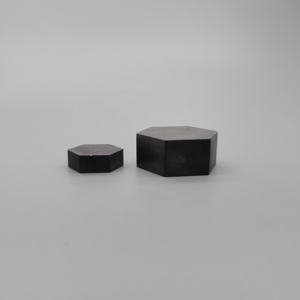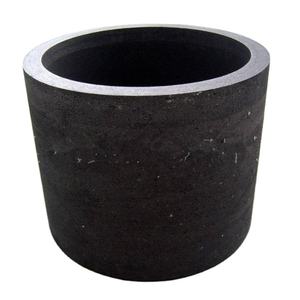Discover Premium Ceramic Products | Durability & Elegance United | Advanced Ceramics
PRODUCT PARAMETERS
Description
Overview of Silicon Carbide Ceramics
Silicon Carbide (SiC) ceramics are renowned for their outstanding mechanical properties, including high hardness, strength at elevated temperatures, and excellent thermal shock resistance. These materials are pivotal in cutting-edge industrial applications, from abrasives to aerospace components, due to their unique combination of properties.
Features of Silicon Carbide Ceramics
High Hardness: Exceptional wear resistance.
Thermal Shock Resistance: Can withstand rapid temperature changes.
Chemical Stability: Resistant to most chemicals.
High Thermal Conductivity: Efficient heat dissipation.
Low Density: Lightweight for its strength.
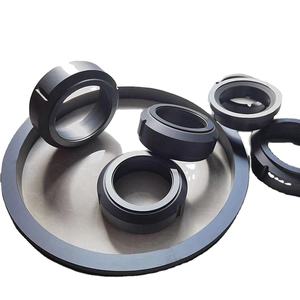
(Whole Refractory Silicon Carbide Ceramic SIC Thin Plate)
Specification of Whole Refractory Silicon Carbide Ceramic SIC Thin Plate
The Whole Refractory Silicon Carbide Porcelain SIC Thin Plate is developed for high-performance applications needing resilience and thermal security. The material make-up is 99.5% pure silicon carbide, ensuring exceptional resistance to severe conditions. Home plate runs properly in temperatures approximately 1650 ° C. It preserves structural integrity under fast thermal cycling. The thickness ranges in between 3.1 and 3.2 g/cm TWO, supplying a balance of toughness and lightweight homes.
The plate thickness is customizable from 0.5 mm to 5 mm. Standard measurements consist of sizes of 100 mm to 600 mm and lengths of 100 mm to 1200 mm. Tolerances for density are firmly regulated within ± 0.05 mm. Surface surfaces differ from as-sintered to brightened, with roughness degrees to Ra 0.2 μm. Edge chamfering is available to avoid micro-cracking throughout handling.
Mechanical residential or commercial properties consist of a Vickers hardness of 2800-3200 HV. Flexural strength exceeds 400 MPa. The product withstands oxidation in air approximately 1600 ° C. It demonstrates low thermal expansion, with a coefficient of 4.0 × 10 ⁻⁶/ ° C. Thermal conductivity is high at 120 W/m · K, enabling effective warm dissipation. Chemical inertness makes it appropriate for harsh environments. It endures acids, alkalis, and molten steels.
Applications extend aerospace, semiconductor production, and energy systems. Home plate works as heating elements, crucibles, and wear-resistant cellular linings. It is compatible with vacuum cleaner and inert environments. Electric insulation residential properties make it excellent for digital elements.
Personalization choices include drilling, reducing, and layer. Anti-static coatings are offered for sensitive atmospheres. The product satisfies ISO 9001 and RoHS criteria. Quality control involves ultrasonic screening and visual evaluations. Packaging uses shock-absorbent products to stop transit damages. Lead times depend upon specs, with typical dimensions delivered within 7-10 days.
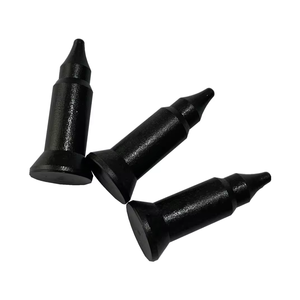
(Whole Refractory Silicon Carbide Ceramic SIC Thin Plate)
Applications of Whole Refractory Silicon Carbide Ceramic SIC Thin Plate
Whole refractory silicon carbide ceramic SIC thin plates are commonly utilized in markets requiring high-performance materials. These plates manage severe warm, resist wear, and operate in severe conditions. They are suitable for aerospace, power, and electronics.
In aerospace, SIC thin plates protect parts from intense warm throughout re-entry. They shield components in engines and thermal systems. Their light weight helps in reducing fuel use. They maintain frameworks stable at heats.
Power sectors make use of SIC plates in solar power systems and nuclear reactors. They act as linings in burning chambers. Their capability to conduct warmth successfully improves energy transfer. They last much longer than metal components in corrosive settings.
Electronic devices gain from SIC thin plates in semiconductor manufacturing. They act as substrates for circuits. Their thermal stability stops overheating in high-power gadgets. They are used in LED production and sensors for precise dimensions.
Industrial equipment relies upon these plates for reducing tools and wear-resistant components. They keep sharp edges and withstand abrasion. In chemical processing, they line reactors and pipes to avoid deterioration.
Clinical tools utilizes SIC plates for their biocompatibility. They are applied in imaging gadgets and surgical devices. Their longevity makes certain dependability in sterile settings.
Automotive systems incorporate SIC slim plates in brake discs and engine parts. They improve warm dissipation and lower wear. Electric cars use them in battery air conditioning systems for safety.
The product’s reduced thermal expansion stops breaking under temperature shifts. It resists oxidation and chain reaction. These characteristics make it appropriate for long-term applications.
SIC thin plates are cost-efficient gradually due to very little substitute requirements. Their versatility supports development throughout areas. Suppliers pick them for efficiency in demanding settings.
Company Introduction
Advanced Ceramics founded on October 17, 2014, is a high-tech enterprise committed to the research and development, production, processing, sales and technical services of ceramic relative materials and products.. Since its establishment in 2014, the company has been committed to providing customers with the best products and services, and has become a leader in the industry through continuous technological innovation and strict quality management.
Our products includes but not limited to Silicon carbide ceramic products, Boron Carbide Ceramic Products, Boron Nitride Ceramic Products, Silicon Carbide Ceramic Products, Silicon Nitride Ceramic Products, Zirconium Dioxide Ceramic Products, Quartz Products, etc. Please feel free to contact us.(nanotrun@yahoo.com)

Payment Methods
T/T, Western Union, Paypal, Credit Card etc.
Shipment Methods
By air, by sea, by express, as customers request.

5 FAQs of Whole Refractory Silicon Carbide Ceramic SIC Thin Plate
1. What is a whole refractory silicon carbide ceramic SIC thin plate made of? The plate is made from silicon carbide. This material is produced by sintering silicon carbide powder at high temperatures. It has high hardness, excellent thermal resistance, and strong chemical stability. These properties make it suitable for extreme environments. The thin design allows flexibility in applications needing lightweight solutions.
2. Where can SIC thin plates be used? They are used in high-temperature industrial settings. Examples include furnace linings, semiconductor manufacturing equipment, and metallurgical processing tools. They also work in chemical reactors due to corrosion resistance. The plates are ideal for environments requiring thermal management and durability. Some applications extend to aerospace and energy sectors.
3. What advantages do SIC thin plates have over other ceramics? They handle higher temperatures compared to alumina or zirconia. Their thermal conductivity is better, preventing heat buildup. Thermal expansion is low, reducing cracking risks. They resist oxidation and chemical erosion effectively. Mechanical strength remains stable even under stress, ensuring longer service life.
4. How should SIC thin plates be handled and installed? Avoid impact or sudden force during handling. Use tools designed for cutting hard ceramics to shape the plates. Ensure surfaces are clean before installation to prevent uneven stress. Secure the plate firmly using high-temperature adhesives or mechanical fasteners. Allow space for thermal expansion during heating cycles to avoid damage.
5. Can SIC thin plates be customized for specific needs? Yes. Manufacturers offer custom sizes, shapes, and thicknesses. Surface finishes can be adjusted for specific friction or wear requirements. Holes, grooves, or other features are added based on application needs. Lead times vary depending on complexity. Technical specifications are tailored to meet industry standards or unique project demands.
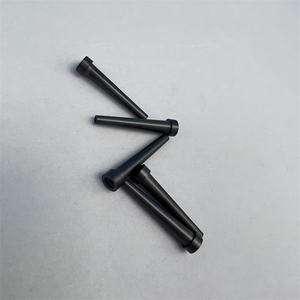
(Whole Refractory Silicon Carbide Ceramic SIC Thin Plate)
REQUEST A QUOTE
RELATED PRODUCTS
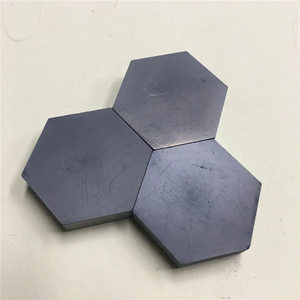
Combination of Reaction Sintered Silicon Carbide Ceramic Structural Components
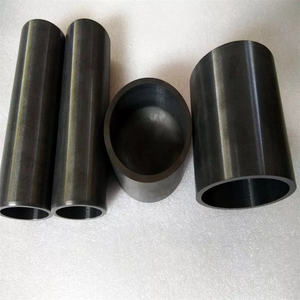
Best 14 Inch Reinforced Abrasive Cutting Disc 115mm Cut-Off Wheel Stone Steel Chop Saw Silicon Carbide Ceramic Alumina Zirconia
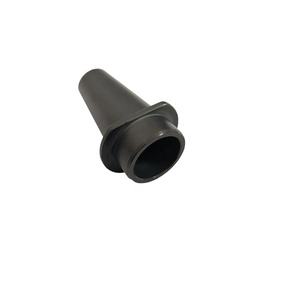
Polymethylsilane Referred to As PMS Is a New Generation Silicon Carbide Ceramic Precursor
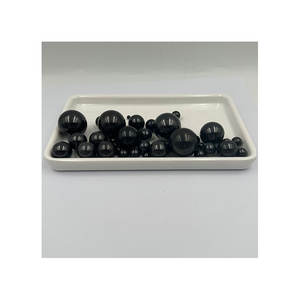
Factory Hexagonal Boron-carbide Silicon Carbide Ceramic Sheet
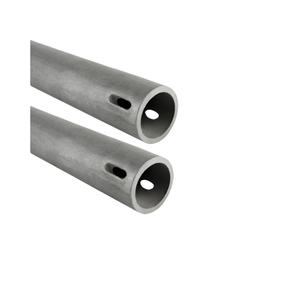
High Strength Industrial Ceramic Porous Metal Filtration Black Silicon Carbide Ceramic Foam Filter Plate
